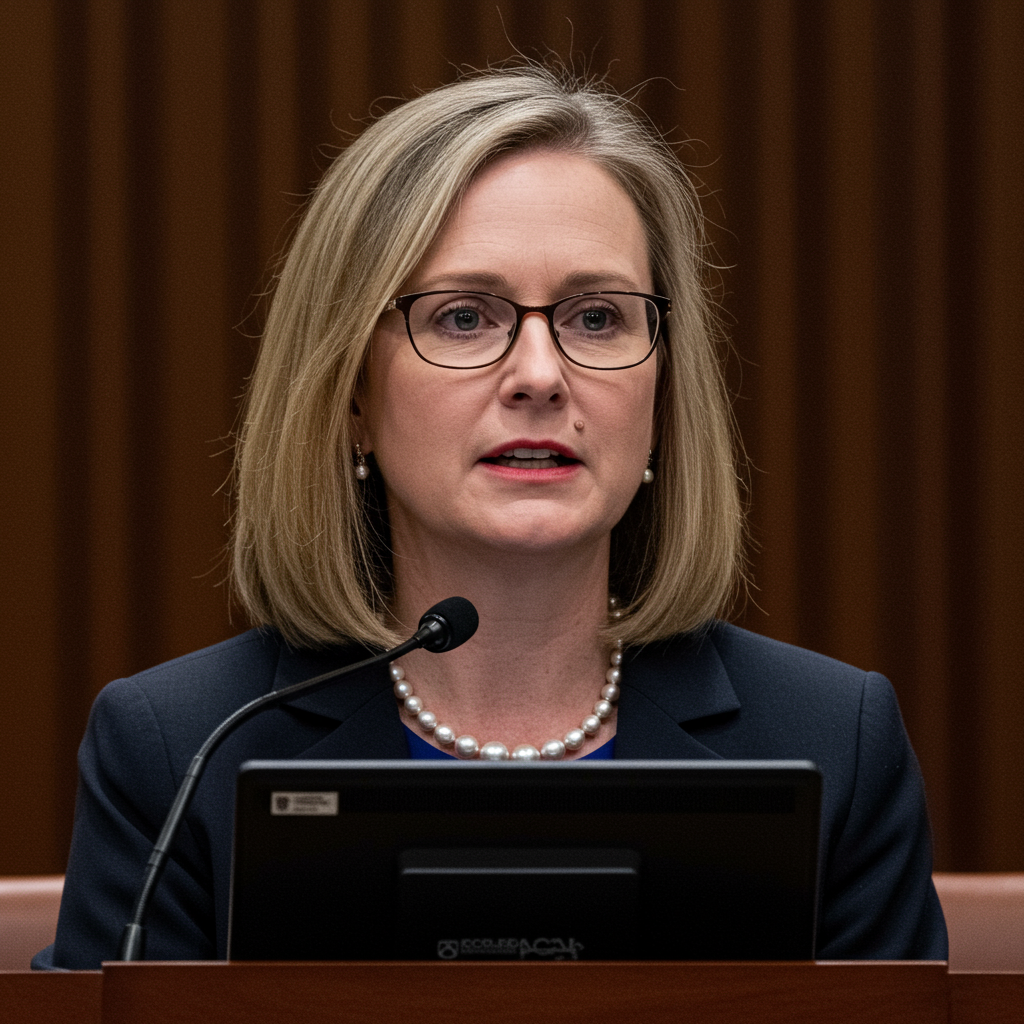When Danny Boyle’s 28 Days Later first arrived in 2002, its depiction of a swiftly spreading “Rage Virus” emptying urban landscapes felt like a potent, yet safely fictional, nightmare. Cillian Murphy’s haunting stroll through a deserted London imprinted itself on a generation.
Then, in March 2020, the unthinkable happened. The COVID-19 pandemic transformed global cities, including London, into eerily quiet ghost towns, suddenly making the film’s premise feel terrifyingly real. It’s within this profound, shared experience of facing a global health crisis that Boyle and original writer Alex Garland return to their visceral world with 28 Years Later.
Speaking about the new film, Boyle notes that living through a sudden, life-threatening transformation – even without the infected – has intensified the horror for audiences. What once felt confined to the big screen now feels unsettlingly “more possible.” The film is deeply concerned with how humanity adapts and learns to navigate an unstable, vulnerable reality after survival, drawing clear parallels to our post-Covid world.
A World Changed: Isolation and Evolution
Set nearly three decades after the initial outbreak (and following the virus’s containment, though it briefly reached Europe in the 2007 sequel 28 Weeks Later), 28 Years Later finds Britain effectively quarantined. While the rest of the world is healing, the UK’s remaining survivors are left to forge a new, isolated existence.
Much of the story unfolds on Holy Island off England’s north-east coast. Here, a small community of around 150 people lives a feudal, technology-free life, relying on bows and arrows for defense. Their sanctuary is connected to the mainland only by a heavily guarded tidal causeway. Boyle sees echoes of Britain’s recent past, particularly the isolationist sentiment around Brexit, in this decision to narrow the focus on England and its choice to turn inward. He views the films as reflections of where he, Garland, and society are.
The film centres on 12-year-old Spike (Alfie Williams), who has known nothing but this post-virus world. He lives with his father Jamie (Aaron Taylor-Johnson) and his ill, housebound mother Isla (Jodie Comer). The gap between generations is starkly drawn between those who remember the ‘before times’ and those born into the ‘after’. Spike represents a generation of “analogue natives” grappling with distorted rumours of the past and whether to cling to hope or accept the harsh present. His journey, including a dangerous ‘rite of passage’ hunt on the mainland, forms a core emotional arc.
Crucially, not only have survivors adapted, but so too has the Rage Virus. It hasn’t quietened; it’s evolved. After 28 years, some infected have learned to feed and organize, showing genetic variations. The fast-running packs now include Alphas, while some infected move on all fours, and others are described as ‘titans’. This evolution means the greater risks survivors take after decades of adaptation are met with a more formidable threat.
Truth, Family, and Jodie Comer’s Complex Role
Beyond the visceral horror, the film delves into poignant human themes, particularly the strained dynamics of family and the complex truths adults tell children in a desperate attempt to protect them. Boyle chose a young lead like Spike partly because “horror loves innocence” but also to explore this critical aspect of survival parenting.
Jodie Comer takes on the role of Isla, Spike’s mother, an infected individual ostracized within her community, mirroring the isolation many felt during the pandemic. Isla fluctuates between periods of lucidity and confusion, clearly ravaged by decades under siege, yet desperately tries to care for Spike, occasionally revealing flashes of her past survival skills with surprising precision. Comer found navigating Isla’s emotional “ebbs and flows” challenging but credits Boyle’s direction with helping her capture these nuances. She was drawn to the project by the chance to work with Boyle and many of the original crew members.
Comer, no stranger to crisis storylines (having starred in The End We Start From and Help!), describes facing the evolved infected as “thrilling.” The production leaned heavily on gritty realism and practical effects – actors spent hours in make-up, and there was little CGI or green screen. Comer calls having to “react to the real thing” a “gift” for the actors, enhancing the authentic terror. Running through the barren landscapes of Northumberland, combined with filming techniques like drone shots with minimal crew, amplified the feeling of genuine isolation and being “left within the world” of the film.
Boyle highlights Isla’s subtle influence on Spike, helping him understand “different ways of progressing” beyond what he calls “aggressive manhood.” Through her, Spike learns there’s more to survival than just physical defense, finding “an essence of hope through him and his curiosity.”
The Real-World Rage: Politics and Social Media
Boyle’s return to horror is fueled by a sense of urgent political relevance. He views the static, backward-looking culture of the island community – which yearns for the “halcyon days of England” – as dangerously regressive. Putting such societal tendencies in a horror film, he believes, is fitting because they “will lead us to horror.” He argues that horror remains popular precisely because it feeds off the sense that “huge change could be just around the corner,” reflecting real-world conflicts and instability.
The film also draws a chilling parallel between the original movie’s premise (chimps infected by watching graphic videos) and the algorithms of today’s social media. Boyle points to how these platforms encourage communication through easily manipulated screens, often rewarding polarizing, rage-inducing content. This digital disconnect stands in stark contrast to the irreplaceable, collective experience of cinema – a shared, authentic human connection that he feels is fragile but vital to protect.
A New Chapter Begins
28 Years Later is envisioned as the first part of a brand new trilogy. The second film, titled The Bone Temple, has already been shot, directed by Nia DaCosta with Alex Garland writing. Cillian Murphy is confirmed to reprise his role as Jim in this next instalment, due for release in 2026. Boyle intends to return for the third film if the trilogy is completed.
The Bone Temple itself is a significant set in 28 Years Later, built over six months using hundreds of thousands of replica bones and skulls by Dr. Ian Kelson (Ralph Fiennes). Boyle sees the ossuary as a powerful monument to the dead, embodying memory, reflection, and common humanity, drawing a connection to real-world Covid memory walls.
Early reviews for 28 Years Later have been overwhelmingly positive, with many critics hailing it as a thrilling, thought-provoking, and timely return to the franchise. Publications like The Telegraph, The Times, Empire, The Standard, and IGN have given it high praise, calling it Boyle’s best in years, a strong contender for best film of the year, and commending its blend of “beauty and brutality.” While some critics, like The Guardian and The Independent, noted minor reservations about tonal consistency or heavy-handed metaphor, the consensus points to a successful, visceral, and surprisingly intimate revival of the series that feels acutely relevant in a post-pandemic world. Boyle himself suggests the film will surprise audiences, calling it challenging and “not what you’ll expect at all.”
Ultimately, 28 Years Later uses the familiar framework of its terrifying world to explore deep-seated anxieties of our time – not just the fear of a virus, but the rage, isolation, and uncertain future born from political division and digital disconnect. It’s a film that reminds us how the horrors on screen can feel all too close to the reality we’ve come to know.



